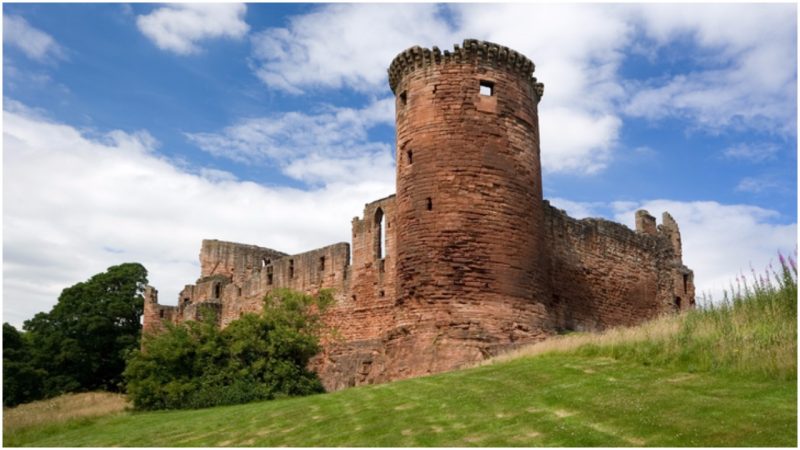Among the hundreds, if not thousands, of castles that dot the Scottish landscape, it is said that Bothwell Castle enjoys a special status. Dating all the way back to the 13th century, it occupies a perfect spot overlooking the River Clyde and bears huge historical importance during the Wars of Scottish Independence.
Perched on steep terrain by the River Clyde roughly 10 miles from Glasgow, the castle retains a number of prominent features. Bothwell’s prison tower was part of the principal castle building as of the 13th century, while features such as the great hall and the chapel were added in the following centuries as ownership passed back and forth among a number of different families.
Spanish garlic, which was likely first brought to the island by the Romans, makes for an exotic remainder of the Bothwell gardens. In medieval days, this plant was certainly grown here for its number of medicinal usages but also probably as a vegetable.
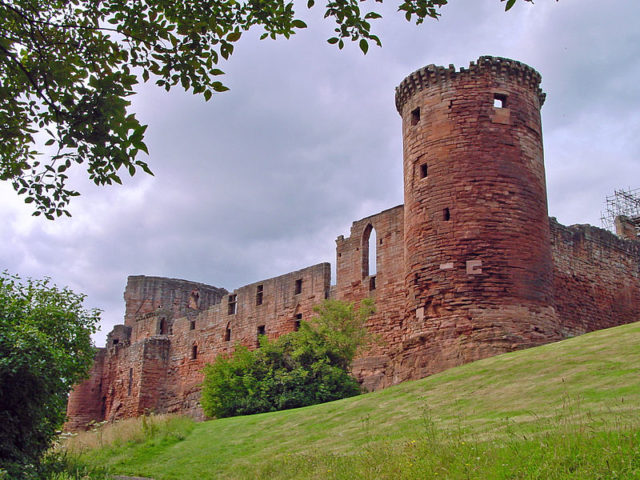
As historical records show, the piece of land overlooking the River Clyde was initially granted to David Olifard as early as the mid-12 century by King David I of Scotland. As his lineage came to an end, the property ended up in the hands of the Moray family, with an ancestral link to the Murray clan. I
t is uncertain though who commenced work on building the castle, whether it was Walter of Moray himself or his son and descendant William, famously dubbed ‘the Rich.’

As construction began at the site, this stone castle was envisioned as a full show of power and wealth, if not the most imposing such example in Scotland of the period. But Bothwell Castle was not fully completed because of the turbulent events that took their course, such as a number of sieges.
The most important siege was certainly that of King Edward I of England in 1301. Edward I took the castle earlier in 1299, and lost it again. Nevertheless, the events of 1301 were way more dramatic as that year the English king returned to Bothwell with an army of at least 6,800 men.

The king made use of a large siege device known as the belfry, a moveable tower that had inside ladders that gave an offensive advantage to its combating soldiers. While the belfry was certainly a plus for the Englishmen, the castle defenders were outnumbered as well, so after a month of pressure the Scottish side gave up.
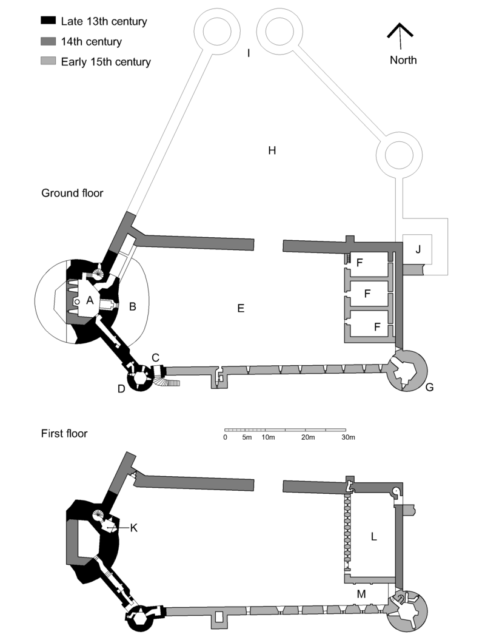
The castle remained on the side of the English until after the Battle of Bannockburn, an important victory of the Scottish during the Wars of Independence. However, the Scottish neglected Bothwell Castle soon after their reclaim of the site, finding no particular use for it at that point. Which eventually left space again for the English to return and take back the castle in 1336 during the reign of King Edward III.
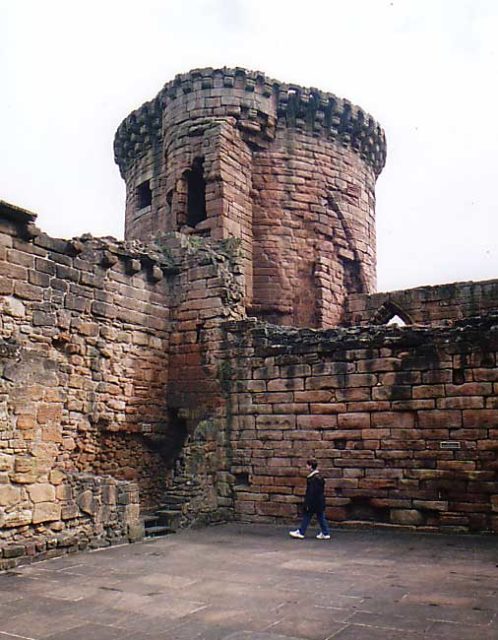
Although Edward III purposed Bothwell as an important base, already in 1337 Sir Andrew Murray managed to regain control over the castle. Sir Andrew Murray proceeded to completely destroy the west part of the castle’s donjon so the English wouldn’t find a useful castle to retake if they returned.
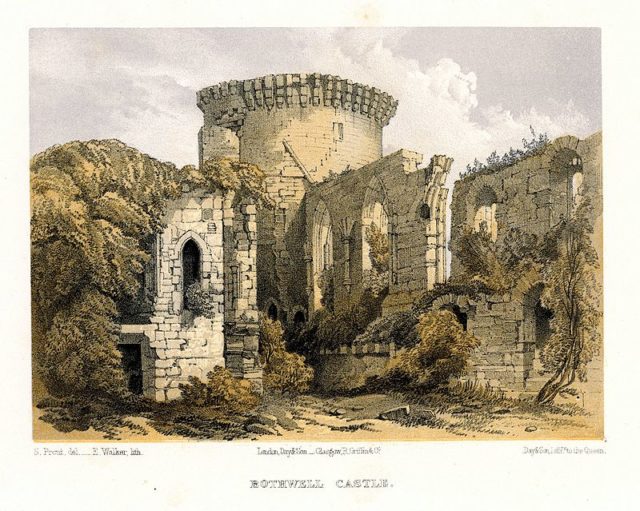
Once the wars and combats were through, Bothwell Castle came into the hands of another notable Scottish family, this time the Black Douglases. It would be Archibald and Joanna, the names of the new owners, who restored the castle. They added one more tower house (which did not survive to the present day) and constructed the castle’s great hall and chapel, features that undoubtedly help acknowledge the architectural importance Bothwell Castle bears today.
Though the ownership of Bothwell changed in the forthcoming centuries as well, it remained occupied until the 18th century, after which it was abandoned and left to the mercy of time and nature. It wasn’t until 1935 when interest for the site renewed and the castle became the responsibility of Historic Scotland. Although Bothwell Castle had sustained much damage by this point, it still continue to be one of the most spectacular pieces of medieval architecture across the whole of Scotland.
